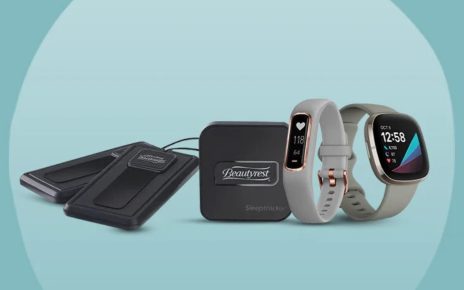1. Size
The size of the screen is determined by how much space you have for it. If you have a small room, then you should go with a smaller screen. If you have a larger room, then you should get a bigger screen. You want to make sure that you have enough space for the screen to fit comfortably without being cramped.
2. Color
LED screens come in different colors. There are red, blue, green, white, yellow, orange, purple, pink, and black. Each color offers its own unique advantages. Red screens are great for attracting insects away from the plant. Blue screens help keep the plant cool and prevent it from getting sunburned. Green screens are good for keeping the plant cool and preventing it from getting sunburn. White screens are best for growing indoors. Yellow screens are great for attracting pollinators and making the plant look healthier. Orange screens are great for attracting bees and butterflies. Purple screens are great for attracting hummingbirds and other birds. Pink screens are great for attracting ladybugs and aphids. Black screens are great for hiding bugs and protecting the plant from UV rays.
3. Resolution
Resolution refers to the number of pixels per inch (PPI). PPI determines the clarity of the image on the screen. Higher resolution means clearer images. Most LED screens have a resolution of between 300 and 600 PPI.
4. Brightness
Brightness refers to the amount of light emitted by the screen. High brightness screens emit lots of light and are great for growing indoors. Low brightness screens emit less light and are great for outdoor use.
5. Contrast Ratio
Contrast ratio refers to the difference between the brightest and darkest parts of the screen. A high contrast ratio means that the screen displays darker shades of gray than brighter ones. A low contrast ratio means that the display shows lighter shades of gray than darker ones.
6. Viewing Angle
Viewing angle refers to the range of angles at which the screen can be viewed. A wide viewing angle means that the screen can be seen from many directions. A narrow viewing angle means that the viewer must sit close to the screen to view it clearly.
7. Warranty
Warranty refers to the length of time that the manufacturer guarantees their product. Warranties vary depending on the brand. Look for a warranty that lasts longer than the lifespan of the screen.






